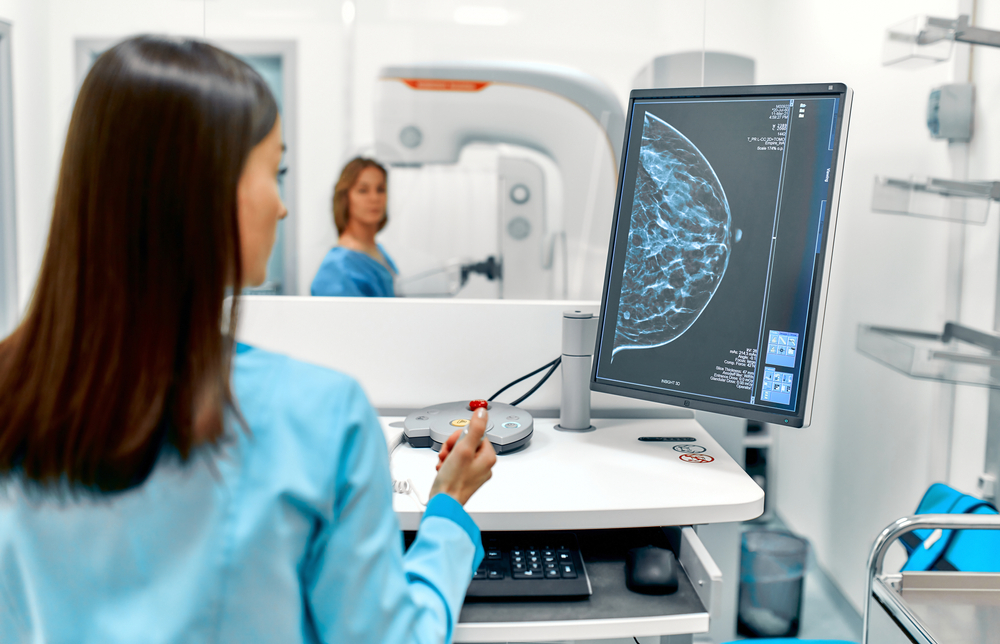While getting a mammogram while breastfeeding is not a risky process, it should be avoided. If you notice any changes that last more than two weeks, you should contact your doctor to find out if they are related to breast cancer. Your doctor may ask you to express breast milk before your mammogram to make the procedure more comfortable and clear.
Pumping or breastfeeding before a mammogram reduces the density of breast images
Breastfeeding or pumping before a mammogram may help reduce the density of breast images and make the images easier to interpret. Most women don’t need to stop nursing before undergoing the procedure, but women who are breast-feeding should stop for at least 12 hours before the scan. In addition, breast milk is considered safe during most procedures, and women are usually allowed to continue nursing after a mammogram.
Pregnancy may increase the density of mammogram images due to increased lobular hyperplasia and increased water content. However, this increase in breast density is less pronounced than expected. The dense tissue of pregnant women is usually made up of scattered fibroglandular tissue. Despite this, breast cancer screening may improve with current digital techniques.
While breast cancer screening is important in women who are at risk for developing breast cancer, many pregnant women aren’t recommended to have a mammogram. Regardless of the reason, it’s important to know the risks of breast cancer and the benefits of this screening before scheduling an appointment. The first step is to ask your medical provider if a mammogram is necessary.
Avoiding deodorants on the day of a mammogram
Pregnant women who are breastfeeding should avoid using deodorants on the day of their mammograms. This is because some topical products can cause false images on the mammogram. It’s also important to note that a woman should notify the technologist if she is pregnant or breastfeeding. Additionally, women should schedule their mammograms when their breasts are less tender. This will promote clear images and make smaller abnormalities more noticeable.
Several women are concerned about deodorants showing up on a mammogram. These products contain tiny particles that may be picked up by the x-ray and cause unnecessary alarm and scheduling. It’s also important to avoid using deodorants one week before or after a period. This is because breasts are more likely to be tender during the period.
During your mammogram, you’ll need to wear a medical gown. It’s crucial that you don’t wear anything under the gown because the deodorant may migrate to the breasts and look like calcifications on your mammogram. This can lead to unnecessary imaging and procedures, which can add up to a lot of unnecessary stress. To avoid this, you should remove all your deodorants and lotion prior to your appointment.
Although most women know that a mammogram is important for breast health, they may still be nervous about the procedure. To alleviate their fears, they can try to schedule their appointment during a period when breasts are less tender.
Digital breast tomosynthesis may be beneficial in the pregnant and lactating patient populations
Digital breast tomosynthesis, or 3D mammography, is an imaging technique that provides a high-resolution image of the breast. This technology is especially beneficial for women who have dense breast tissue and are pregnant or lactating. It is a safe procedure that does not expose the patient to harmful radiation. Digital breast tomosynthesis is also a valuable diagnostic tool for women with high-risk breast cancer.
The American College of Radiology recommends that women undergo routine mammography and digital breast tomosynthesis. However, women should consult with their healthcare providers regarding the safest procedures. While digital breast tomosynthesis is a safe procedure, breast density increases during lactation, which can make the images difficult to read. Therefore, a woman should pump or nurse prior to the procedure to completely empty her breasts.
The accuracy of digital breast tomosynthesis has been demonstrated in a randomized controlled trial. This imaging technique is particularly useful for women with breast cancer who have undergone cancer surgery or who have undergone chemotherapy during pregnancy. It is a relatively reliable diagnostic tool that requires only a single examination. The study found that the technology has a high sensitivity and NPV (number of positive and negative findings). This study supports the benefits of digital breast tomosynthesis in the pregnant and lactating patient population.
Digital breast tomosynthesis may also help women with dense breast tissue because it provides three-dimensional images. This technology also reduces the false-positive rate. As a result, it is more accurate and sensitive than FFDM. In addition, it may help in preoperative staging for breast cancer, which is especially important for patients with dense breasts.

